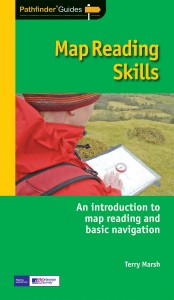
There are many considerations to take into account when planning a walk, but they fall into two broad headings:
Subjective: those where you make the decisions and the choices, and
Objective: those over which you have no control.
Subjective aspects involve making decisions about:
• where you are intending to walk
• whether the walk is circular, out-and-back or linear – in the last case you will need to consider the transport logistics
• what distance you want to cover
• how much ‘climbing’ you want to include
• the extent to which you can keep the walk on footpaths rather than roads
• whether some footpaths more than others offer better views, take you through attractive villages, to popular beauty spots, or past pubs (or avoids these, if that is your preference)
• what ‘escape routes’ – see below – there are.
Objective considerations are:
• the weather – though you do have the choice of looking at the weather forecast and deciding to abort the walk if things look grim
• the terrain you will encounter – although you can go some way to assessing the type of terrain you will be crossing, when you finally get to grips with it you are invariably faced with aspects that just do not show on the map, e.g. knee-deep heather, land that is flooded after heavy rainfall, seasonal overgrowth, obstructions
• accidents – while everyone hopes that accidents will not happen, sadly they sometimes do, and the person planning the walk needs to know the quickest and safest route to safety from virtually any stage of the walk
• changes in the weather – the day may start fine, but the British climate is unpredictable at best. The same ‘escape route’ planning that applies to potential accidents applies to the need to deal with sudden and unexpected adverse weather also.
There is another consideration, too. It is vitally important to devise a route that is not only within the physical ability of everyone involved, but also within the map reader’s competence. Following field edges and country lanes in rural Oxfordshire is one thing, navigating across trackless moorland in the Western Highlands with the mist closing in is quite another.
The process of learning to map read and navigate is an incremental thing that adopts the walk-before-you-run philosophy. Take it, literally, one step at a time, and remember the word KISS – Keep It Stupidly Simple, or, if you prefer, Keep It Simple, Stupid!
Want to know more about map reading and planning a walk? This post was taken from Map Reading Skills, available in our online shop and in all good bookstores.



